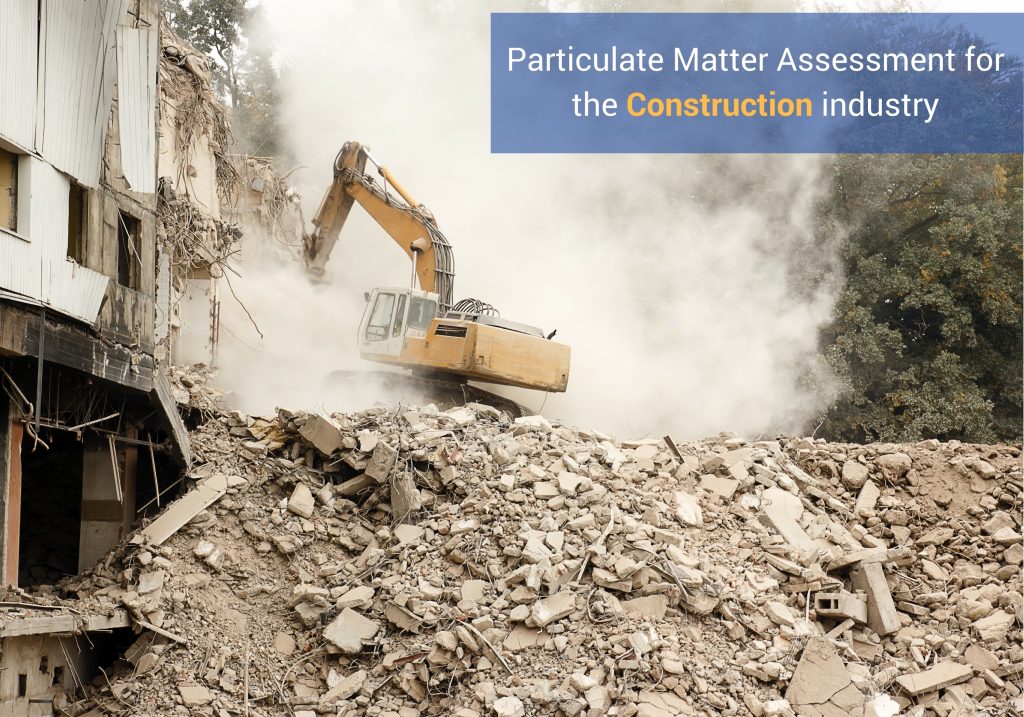
As the public is getting aware of the health implications of Dust/Particulate Matter and other pollutants, governments are expecting better pollutant management from industries. This guide provides a brief overview of a Dust pollution risk management plan for the Construction industry as well as some best practices to help mitigate the impacts.
Introduction
Construction, an important industry for global economic growth, also contributes significantly to air pollution in the form of dust. Although the exhaust from the construction vehicles and machinery adds to the NO2 levels as well, its impact is not as strong as Dust.
In scientific terms, Dust is referred to as Particulate Matter or PM. Other than being an annoyance by soiling surfaces (explanation), PM has major health and environmental implications. The WHO and the governments all around recognize PM10 and PM 2.5 (size in microns) among the most harmful pollutants. While the larger and heavier PM more commonly affect the construction site vicinity, the wind carries the lighter PM10 and 2.5 thus affecting people and vegetation miles away. Construction vehicles on the open ground further dissipate PM and carry it to farther distances.
PM is emitted at all stages of construction:
- demolition;
- earthworks;
- construction; and
- track out (The transportation of dust and dirt from the construction site onto the public road network, where it may be deposited or suspended by vehicles using the network).
The PM impact depends on factors such as the size of the construction site, duration of activity, weather conditions, the direction of the wind, proximity of people and vegetation, etc.
Harmful effects of PM
Health effects from some particles are immediate while others take years to develop. Particles greater than 10 microns cause eye, mouth, and skin irritations but PM10 and smaller are much more harmful. Europe and U.S. attribute hundreds and thousands of deaths every year to PM 2.5 and PM 10.
PM10 affects the upper respiratory system by aggravating asthma and bronchitis. PM 2.5 penetrates deeper into the respiratory tract, dissolves into the blood and compromises immunity. When dust originates from activities on a formerly contaminated site, PM10-2.5 combine with heavy metals present in soil and cause toxicity in addition. Lead and asbestos toxicity from PM is fairly common.
PM also affects the ecosystem by wilting plants as dust on leaves prevents photosynthesis.
Major construction projects over a long duration also increase the long-term PM10 concentrations in cities.
An effective assessment forms the basis of a well-planned and environment friendly construction.
But you can drastically reduce dust emission with proper measures. The mitigation controls depend on the effective assessment of dust emission prior to construction activities. An effective assessment forms the basis of a well-planned and environment friendly construction.
PM Assessment for construction
Source: Guidance on the Assessment of dust by Institute of Air Quality Management
Read on by By Jessica Minhas,






























 The EPA maintains State Resource Locators and contact information for several topics: Air Quality – Ambient
The EPA maintains State Resource Locators and contact information for several topics: Air Quality – Ambient









Connect with EHS News